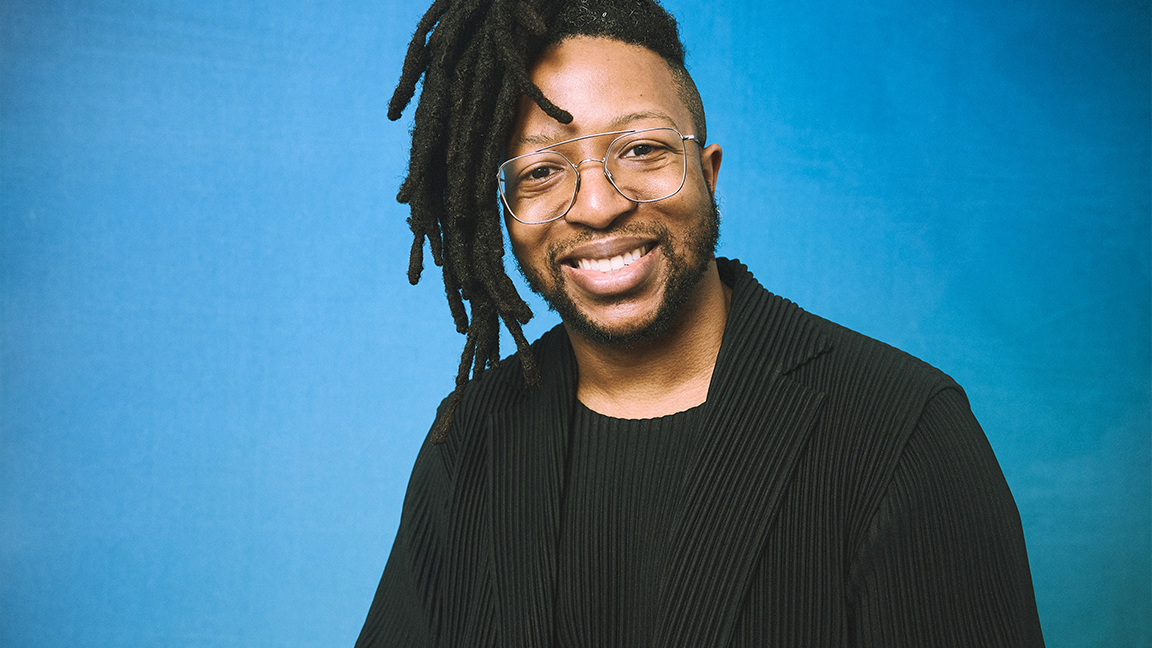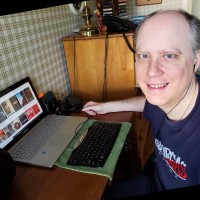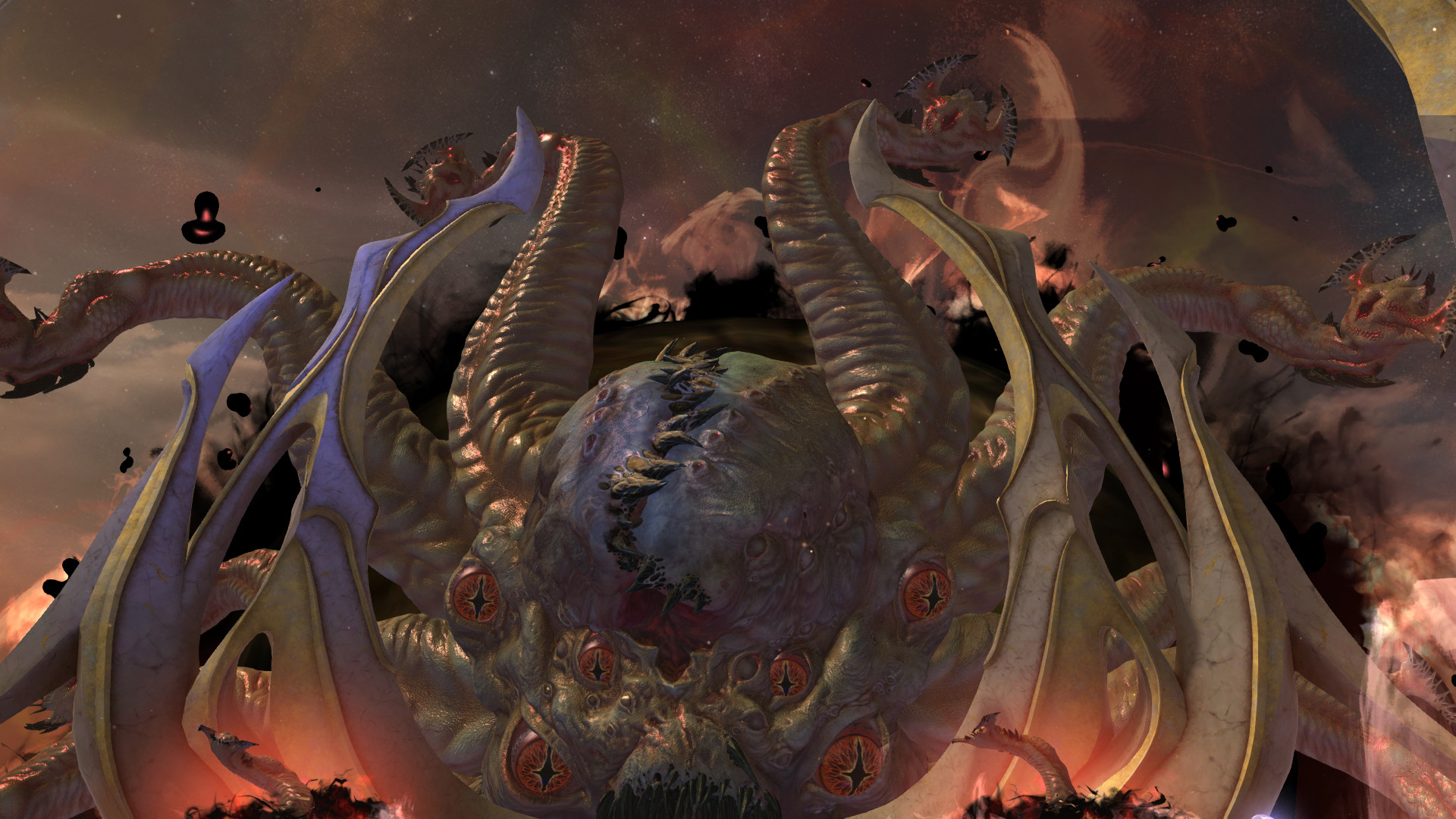The best cinematography as chosen by the award-winning Jomo Fray
Inspirational filmmaking insights.

Undoubtedly, the director gets full credit for the overall vision of a movie but working dutifully behind the scenes to make the script and concept art a filmic reality is the interdependent craft of cinematography where the narrative and visual language gets shaped even further out necessity, design and serendipity.
Cinematographers make use of a unique technological toolset and artistic understanding but in the end they have the same goal, which is to enhance the storytelling and cinematic experience. In recent years more filmmakers are turning to Unreal Engine 5 for previs and filmmaking. (Read our deep dive into how UE5 was used on Amazon's Fallout TV series.)
When shooting All Dirt Roads Taste of Salt, Jomo Fray, along with filmmaker Raven Jackson, devised a 12-point manifesto, with the aim of producing poetic images that evoke the desired emotion responses rather than being technically correct.
The art of photography is found in the imperfections that cause the subconscious to respond and sparks the imagination of viewer in a way that feels organic rather than manipulated. This is all part of what Jomo calls 'experimental storytelling', which allows him to combine his background in visual aesthetics and philosophy, and has resulted in him being listed as one of the '25 New Faces of Independent Film' by Filmmaker Magazine in 2018, and four years later singled out as a rising star by American Cinematographer.
Jomo breaks down the different components of cinematography by mentioning a cult classic, frequent director and cinematographer collaborators, an indie darling, and an acclaimed blockbuster. Below are Jomo's inspirational picks.
Best lighting: Blade Runner (1982)
The future did not look bright for the adaptation of Do Androids Dream of Electric Sheep? by Philip K. Dick as Ridley Scott was unable to replicate the critical and box office success achieved with Alien when Blade Runner was released. It was a troubled production from the beginning as the leading man and the crew clashed with the filmmaker but his visual sensibilities prevailed.
The film has since garnered cult status by setting the golden standard for the retrofuture aesthetic that continues to be duplicated and has seven different versions in circulation. Shining through the initial dismissive attitude was the contributions of Jordan Cronenweth who won Best Cinematography at BAFTA Awards and the Los Angeles Film Critics Association Awards by turning neon signs and wet surfaces into signature light sources.
“It is impossible for me to pick a movie with the best lighting, but a movie I often return to is Blade Runner,” notes Jomo Fray. “Jordan Cronenweth's work on the film is truly exceptional. The lighting is equal parts theatrical, emotionally evocative, sensual, and grounded in the world they created. It pulls me into the movie each time I watch it.”
Best framing & composition: Fallen Angles (1995)
Originally, from Sydney. Australia, Christopher Doyle has been the go-to cinematographer for Asian cinema since the early 1980s, especially for legendary Hong Kong filmmaker Wong Kar Wai, which has resulted in seven collaborations, in particular Chungking Express, Happy Together, In the Mood for Love, and 2046.
Doyle is not one to be afraid of asymmetrical compositions as the goal is not to achieve pretty pictures but to elevate the human condition through the highly stylised use of slow motion, motion blur and colour filters.
“I love the framing in the film Fallen Angels by Wong Kar Wai. Christopher Doyle's framing on the film is bold, exciting, and totally captivating,” states Jomo. “His use of ultra wide lenses reminds that there are no rules to filmmaking. Anything and everything can be evocative and explosive in the hands of a master! It is the type of film I leave inspired after rewatching."
Best camera movement: American Honey (2016)
Considered to be a mentor and a good friend of Jomo Fray, Robbie Ryan has made a habit of working with directors more than once and one of them is Andrea Arnold. The need to be in the moment and having a primarily non-professional actors, with exception of Shia LaBeouf and Riley Keough, meant that the documentary approach was deployed as American Honey is in essence a road trip for the cast, crew and audience.
“Some camera movement that I love is the handheld in the film American Honey by Andrea Arnold. Robbie Ryan has a way of moving the camera in a deeply intuitive manner,” remarks Jomo. “It almost feels like it transports you as the viewer into the spaces of the film. The moment your eye would intuitively move to another subject the camera matches that pace exactly. There is something deeply natural to the use of movement in the film that is hard to match.”
Best combination of live-action and virtual cameras: Dune: Part 1 (2021)
A strong believer in cinematographers becoming familiar and experimenting with Unreal Engine is Greig Fraser who won an Oscar for the sci-fi epic Dune: Part 1; the sheer logistics, tight timeframe, and desired scale of the production could only be efficiently and effectively been achieved by previsualisation and digital augmentation to the final image.
“Dune: Part 1 is a masterclass in terms of an artful merger of practical photography and visual effects for me,” observes Jomo. “The seamless way in which the effects incorporate the lighting and compositional design is exquisite. In so doing, the movie is incredibly immersive. Despite each shot being immaculately composed, they also have imperfections that only further their perfection – a spaceship in the sky not being perfectly composed or clearly visible, for example."
Jomo adds: "The images almost have the quality of something found on set. The best merger of these elements don't wow us with spectacle but give us the ability to be even further pulled into the world of the filmmakers.”

Thank you for reading 5 articles this month* Join now for unlimited access
Enjoy your first month for just £1 / $1 / €1
*Read 5 free articles per month without a subscription

Join now for unlimited access
Try first month for just £1 / $1 / €1
Get the Creative Bloq Newsletter
Daily design news, reviews, how-tos and more, as picked by the editors.

Trevor Hogg is a freelance video editor and journalist, who has written for a number of titles including 3D World, VFX Voice, Animation Magazine and British Cinematographer. An expert in visual effects, he regularly goes behind the scenes of the latest Hollywood blockbusters to reveal how they are put together.




